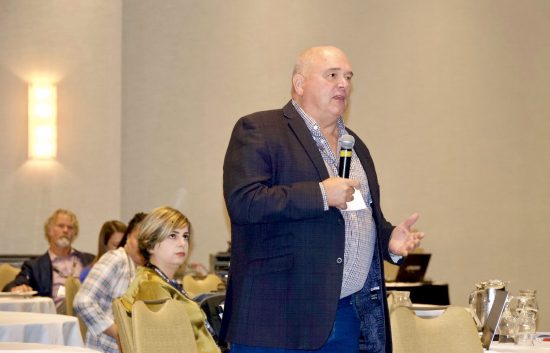Around 200 industry insiders gathered for the Wood Pellet Association of Canada (WPAC) conference to discuss the state of bioenergy and its future potential. …WPAC president Vaughan Bassett, a senior VP for Drax, said membership grew despite the supply chain disruptions and communication challenges. The association’s leadership, led by Gordon Murray, made strides in the government relations and policy fronts, safety, domestic outreach, and marketing.
- Monique Frison of NRCan… highlighted that opportunities abound in terms of the global energy transition, Indigenous partnerships, and sustainable solutions for remote communities.
- Julie MacDougall, BC Ministry of Forests… said their figures estimate four to six million megatons of GHG emissions are lost to slash pile burning in the province. Pellets are among the opportunities to further utilize slash pile residuals.
- Consultant Karen Brandt, introduced the study WPAC commissioned. The authors found 100% of wood pellets made in BC come from mill residuals, bush grind and low-quality roundwood.
- Phillippe Theriault with Tsi Del Del Enterprises said nearly one million cubic metres of fibre has been recovered – diverting what would have been burned in slash piles to products such as pellets or hog fuel.
- Steve Kozuki said FESBC has funded 263 projects to the tune of $238 million. These projects “can be quite transformational when they become the leader in a project.”
The final three presenters of Day 1 addressed climate change mitigation from biomass, beginning with FutureMetrics president William Strauss… Ann Burton, Drax’s new build BECCS projects international lead, and Fahimeh Yazdan Panah, WPAC’s director of research and technical development. Day 2 of WPAC was all about safety.
